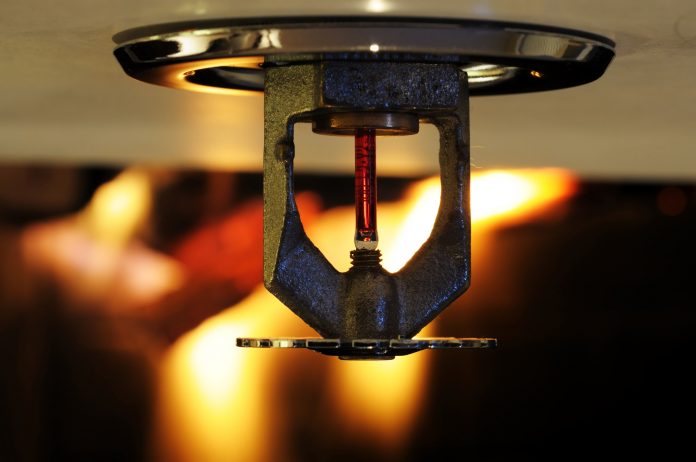Residents are to benefit from safer homes under plans that would see sprinklers installed in new high-rise residential blocks of flats, the Government has revealed
The government is consulting on reducing the building height for when sprinklers are required from the current 30 metres (approximately 10 floors) and above, to 18 metres (approximately 6 floors) or other relevant thresholds.
A new Protection Board is also being set-up, with the Home Office and National Fire Chiefs Council to provide further reassurance to residents of high-risk residential blocks that any risks are identified and acted upon.
£10m a year of funding has been made available to support the board who will provide expert, tailored building checks and inspections, if necessary, on all high-risk residential blocks in England by 2021.
The board will operate until a new building safety regulator is established to oversee the new regulatory regime for buildings and legislation on a new building safety regime is introduced.
Their work will ensure building owners are acting on the latest safety advice and keeping residents updated and that interim measures are in place in all buildings with unsafe aluminium composite material (ACM) cladding.
This work will be informed by current data collection work of local authorities to identify types of cladding on high-rise residential buildings, for which government is providing additional £4m funding.
As of 12 September, the government is opening the application process for the £200m fund to accelerate the pace of the removal and replacement of unsafe ACM from privately-owned buildings.
The secretary of state for housing, Robert Jenrick, said: “Residents’ safety is our utmost priority and we are making vital improvements to ensure buildings are safe.
“I have listened to concerns on sprinklers from residents and building owners and our proposals are an important step forward in shaping the future building safety standards.
“The new Protection Board will make sure building owners don’t flout the rules, as well as ensuring fire safety risks in other buildings are being addressed.”
Speaking on the £200m of funding for private building owners to remove unsafe cladding, Jenrick added: “Government funds are available for private building owners to remove and replace unsafe ACM cladding, and let me be clear, inaction will have consequences and I will name and shame those who do not act during the course of the autumn.
“There is no excuse for further delay – and for building owners to fail to take action now would be frankly disgraceful.”
The 12-week fire safety consultation on sprinklers and other measures forms part of the first proposed changes to building regulations in England covering fire safety within and around buildings.








![[Video] Enhancing safety with fire doors: A case study of Marina Care Home](https://www.pbctoday.co.uk/news/wp-content/uploads/2025/06/maxresdefault-218x150.jpg)





